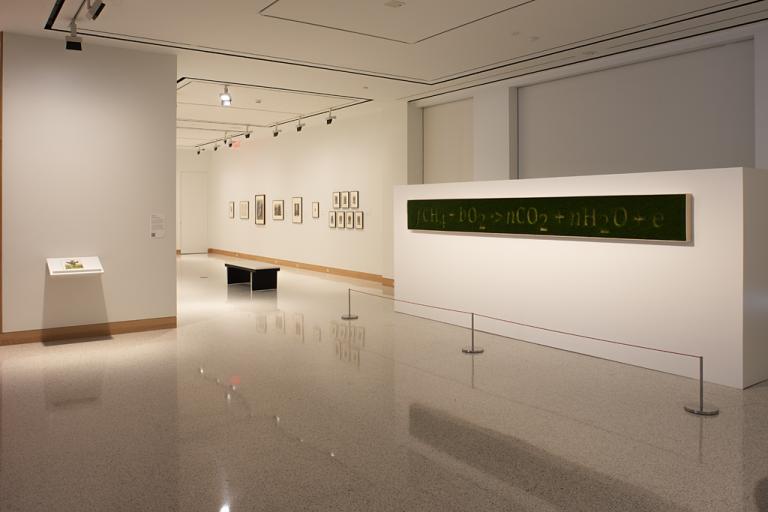Eryngium Bourgatii Mannetreau, Karl Blossfeldt
Artwork Overview
Karl Blossfeldt, artist
1865–1932
Eryngium Bourgatii Mannetreau,
circa 1926–1928
Portfolio/Series title: Urformen Der Kunst: Photographische Pflanzenbilder (Archetypes of Art: Photographic Images of Plants)
Where object was made: Germany
Material/technique: gelatin silver print
Dimensions:
Image Dimensions Height/Width (Height x Width): 24.7 x 18.5 cm
Image Dimensions Height/Width (Height x Width): 9 3/4 x 7 5/16 in
Mat Dimensions (Height x Width): 19 x 14 in
Image Dimensions Height/Width (Height x Width): 24.7 x 18.5 cm
Image Dimensions Height/Width (Height x Width): 9 3/4 x 7 5/16 in
Mat Dimensions (Height x Width): 19 x 14 in
Credit line: Museum purchase: Gift in honor of Del and Carol Shankel from friends and colleagues
Accession number: 1980.0039.01
Not on display
If you wish to reproduce this image, please submit an image request









